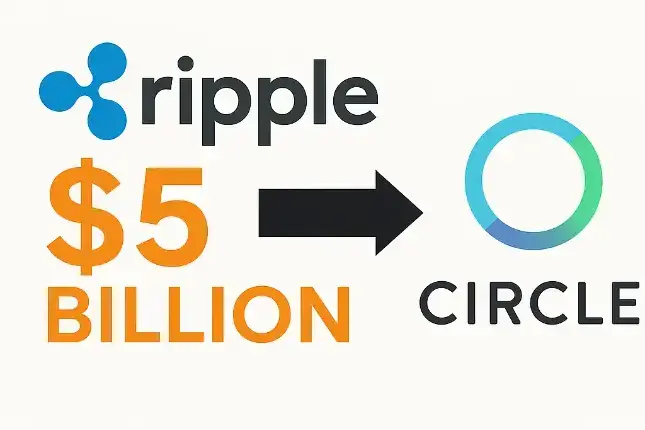Hello everyone, welcome to our crypto education article. Today, we are going to discuss a term that often comes up in the cryptocurrency world—“wick.” So, what is a wick? How does this phenomenon occur? And how can we determine the market direction after a wick forms? Let’s dive into these questions together.

What is a Wick?
The term “wick” originates from the stock market but is also applicable in the crypto world. It typically refers to extreme price fluctuations on a candlestick chart, where the price rapidly rises or falls within a short period, forming a candle that looks like a needle. Wicks can be triggered by various factors, including market sentiment, news events, and technical indicators.
For retail investors, the wick phenomenon can sometimes seem enigmatic. In some cases, prices may swiftly reverse after a wick forms, indicating that the market is undergoing significant volatility. At this point, investors need to have a certain level of judgment to discern the true direction of the market.
How are Wicks Formed?
The formation of wicks is usually closely related to the supply and demand dynamics, trading volumes, and market sentiment. In the crypto market, especially for popular assets like Bitcoin, wicks often occur under extreme buying or selling pressure. Here are some main factors that lead to the wick phenomenon:
Concentration of Sell and Buy Orders: When there is a large concentration of buy orders at a particular price point, if the price quickly breaks below that point, the buy orders may trigger aggressively, causing selling pressure to increase. This can lead to a surge in sell-offs, creating a wick.
Market Sentiment Swinging: In the crypto market, investor sentiment can be easily influenced by market news and public opinion. If negative news surfaces, it may lead to a panic sell-off among investors, contributing to the formation of a wick.
Exchange Manipulation: Some exchanges may employ tactics like wash trading or order manipulation to create seemingly genuine price fluctuations, thereby attracting investors' attention and possibly manipulating the market.

How to Assess Market Trends After a Wick?
While wicks are common, accurately interpreting the subsequent market trends requires caution. Here are a few methods to help you assess the market direction following a wick:
Monitor Trading Volume: Changes in trading volume after a wick is essential. If a wick forms and is followed by a significant increase in volume, it indicates strong consensus among market participants regarding that price fluctuation, suggesting that the trend may continue. Conversely, if the volume remains low, it may simply be a short-term rebound and the future momentum could be weak.
Analyze Candlestick Patterns: The candlestick patterns following the wick are also crucial. If, after the wick, the subsequent candlesticks form reversal patterns such as a Hammer or an Engulfing pattern, it may signal a shift in market sentiment, potentially guiding the future direction of the market.
Use Technical Indicators: After a wick occurs, combining technical indicators (like MACD, RSI, etc.) to assess market strength and weakness can be very effective. For example, if the RSI indicator is in the oversold region, it might suggest a short-term rebound opportunity.
Observe Market News: Finally, don’t neglect the impact of market sentiment and news. A major news piece or a shift in market trends can directly influence the direction of prices. If favorable news emerges following a wick, it could catalyze a market rebound.

Conclusion
In summary, the “wick” phenomenon in the crypto space is an important occurrence that investors should pay attention to. By understanding and analyzing wicks, we can better grasp market dynamics and make informed investment decisions. I hope today’s discussion helps you achieve better returns on your investment journey in the crypto world. If you have any questions or thoughts, feel free to share in the comments! Let’s explore and learn together to become smarter investors!
















No comments yet